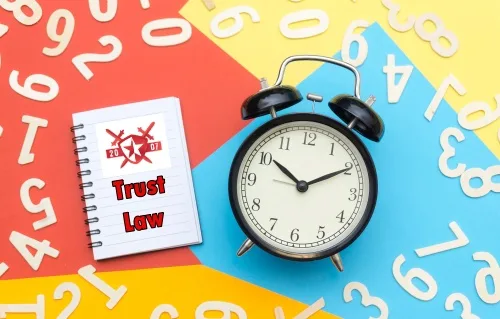
Nonetheless, lets quickly address a few quick steps to assist with this process. So you know, everybody asks: what is the difference between an unsupervised probate versus a supervised informal probate?
If you had no ida there was a difference, no big deal. Maybe these steps can help you too. In my opinion, deciding and selecting the right probate process is a critical first step. The major difference between both types of an informal probate is liability. Generally, very few people want to be held liable for debts owed to a creditor.
Thus, here is part of what I look at when trying to make this decision:
First 5 informal probate steps
Both an unsupervised and supervised informal probate starts the same. The first five (5) steps are:
- Filing an application with the right court or venue,
- Having an informal meeting with the assigned Registrar (yes, the Registrar will review the application),
- Sharing the correct notice of appointment with every interested person,
- Fling an affidavit with the court, and
- Asking the court to issue letters appointing a personal representative.
Next 5 informal probate steps: Unsupervised
The next five (5) steps for an unsupervised process are:
- Asset collection,
- Inventory preparation,
- Settling claims with creditors,
- Tax returns, and
- Estate distribution.
Next 5 informal probate steps: Supervised
The next five (5) steps for an supervised process are:
- Asset collection,
- Inventory preparation,
- Settling claims with creditors,
- Tax returns, and
- Seeking a court order.
What is the difference?
Again, the major difference between both types of an informal probate is liability. Generally, very few people want to be held liable for debts owed to a creditor.
Yes, reducing liability owed to a creditor, taking the right steps to account for the assets of another person and distributing their assets accordingly to the rules of their will or a court is a responsibility imposed by law.
Finally, consider reviewing these rules and laws to help your decision making process.







